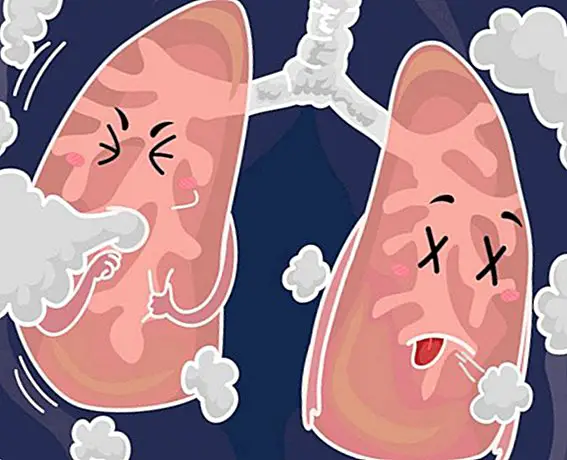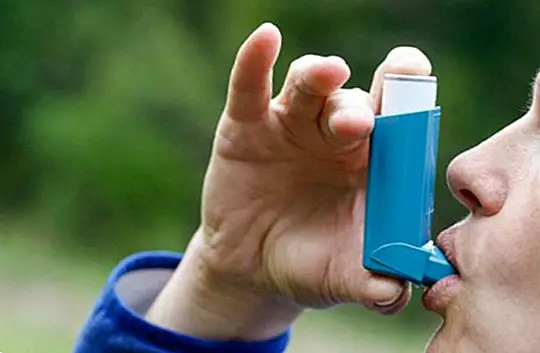What are wheezing and why do they appear?
Although they are medically known by the name of wheezing rales, more popularly they tend to be known by the names of wheezing. We are in front of a symptom, which could become a signal or obvious sign that the person may be suffering from a problem, illness or respiratory condition.
Your name can in fact give an indication of how they are; or almost better said, how they are heard. And is that they consist of high-pitched sounds very similar to whistles. They occur during breathing, especially when the airways are partially blocked.

It happens precisely when the air travels through the narrow respiratory passages in the lungs.
What are the causes of wheezing?
We must bear in mind that the main cause that causes the appearance of wheezing is the existence of a obstruction or partial narrowing at any point of the respiratory tract. Therefore, it is caused by some respiratory disease or illness that is causing this problem.
We may be facing a generalized narrowing or obstruction of the airways, or localized. In the first case there are different causes, such as chronic obstructive pulmonary disease (COPD), or asthma.
In the second case, the wheezing could be due to the presence of a foreign body, which is lodged in the respiratory tract, or due to the presence of a tumor (less common and therefore less frequent).

On the other hand, there are other causes that can influence the occurrence of wheezing. This is the case of a severe allergic reaction (anaphylaxis). They may also appear as a signal to some other disorder or condition, such as heart failure (cardiac asthma), inhalation of a toxic substance, or aspiration of a foreign object.
There are also other related conditions that can cause wheezing, as in the case of:
- Bronchitis
- Bronchiolitis
- Gastroesophageal reflux disease
- Bronchiectasis
What are your symptoms?
Usually, when there is wheezing, you hear a kind of shrill and whistling sound, which is heard especially when the affected person exhales and expels the air. It may also be possible to listen to it when inhaling (when taking a breath), but this happens especially when the case is serious.
It is common for wheezing to come from the bronchial passages, small breathing passages, found deep in the lungs.

Although anyone can suffer wheezing, certain risk factors can increase the chances of suffering from it. It is the case of hereditary diseases such as asthma. However, there are also certain groups whose risk factor is higher. It is the case of:
- Smokers
- People with respiratory allergies.
- People with cancer
- Children who go to the nursery.
How is medical treatment?
Habitually the silibancia tends to produce cough. For its treatment, on the one hand it controls the inflammation present in the respiratory tract, as well as reducing excess mucus. Anti-inflammatories prescribed in the form of inhalers are useful.

It is also essential to open the airways. To achieve it without useful fast-acting drugs, as is the case of bronchodilators that help relax the smooth muscles that surround these pathways. This article is published for informational purposes only. It can not and should not replace the consultation with a Physician. We advise you to consult your Trusted Doctor. ThemesRespiratory infections



